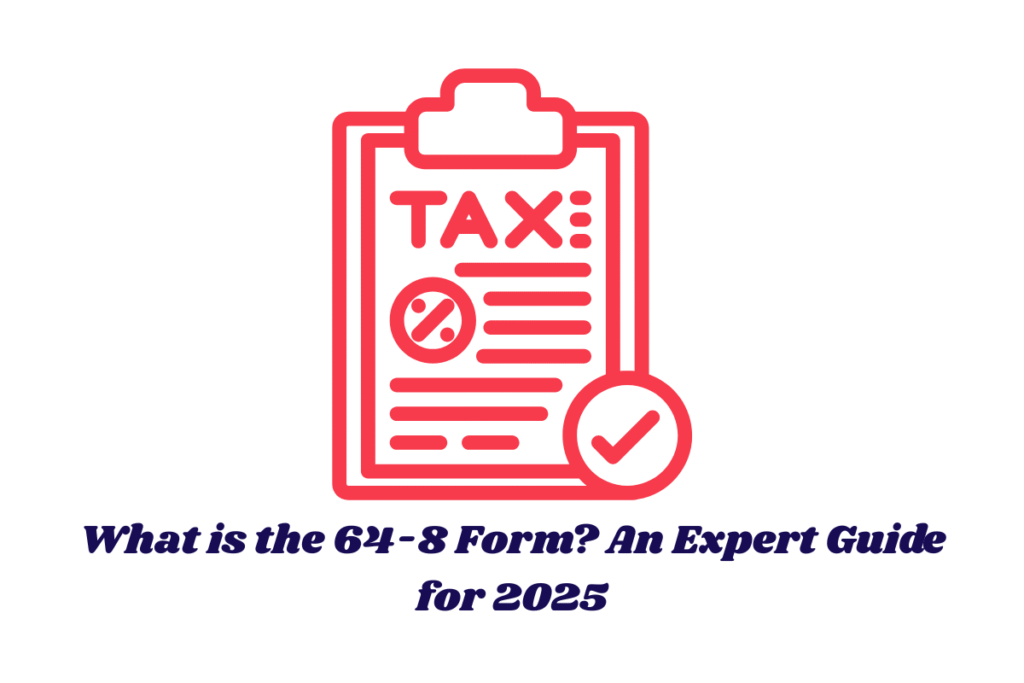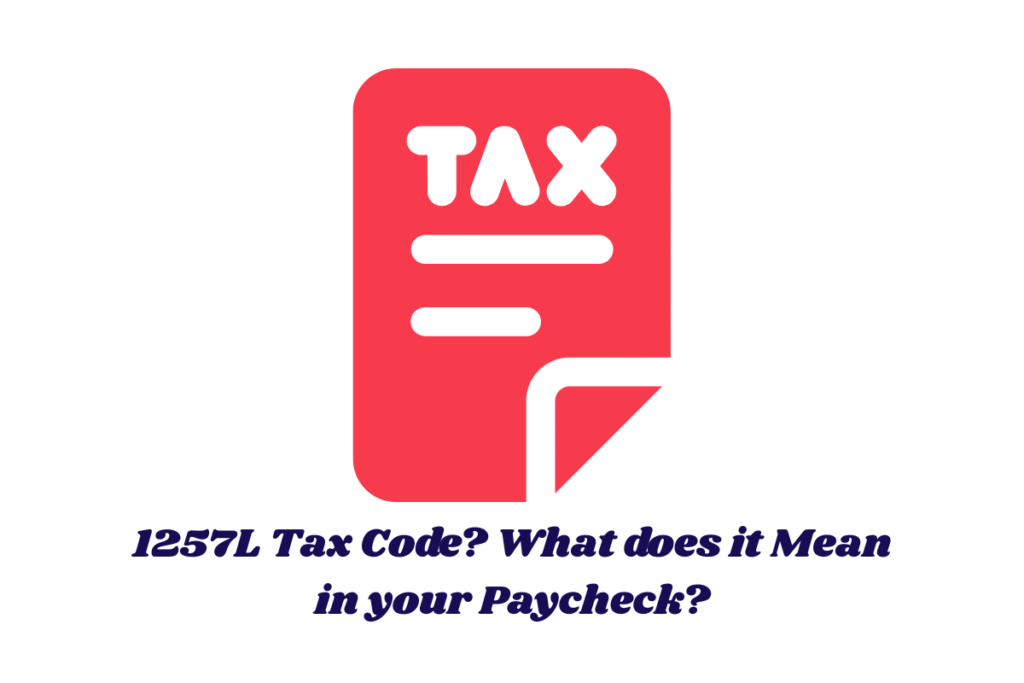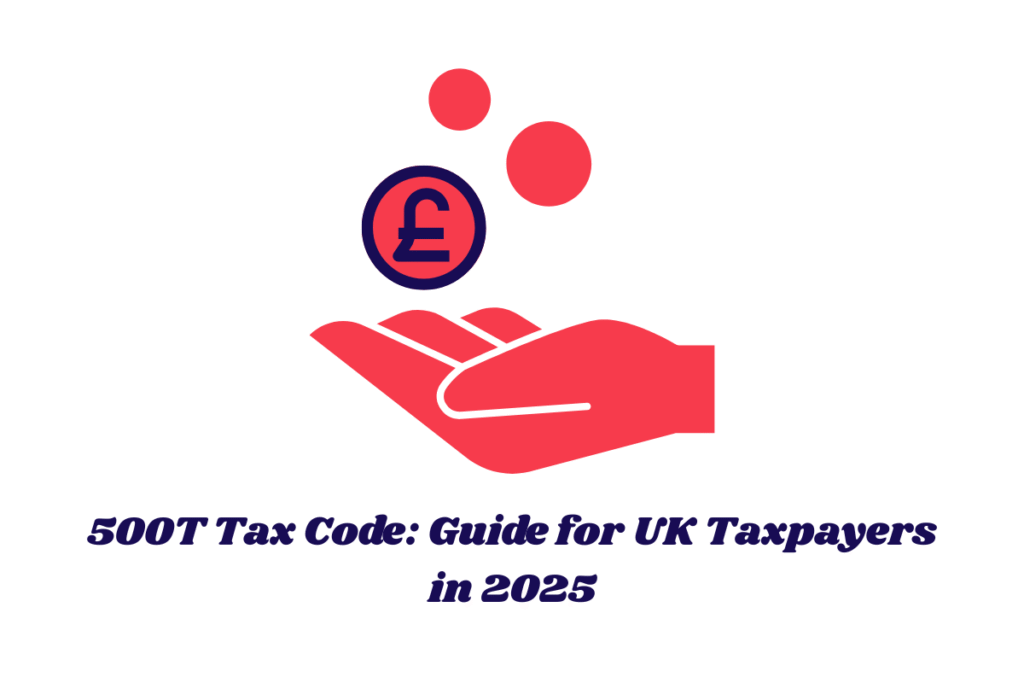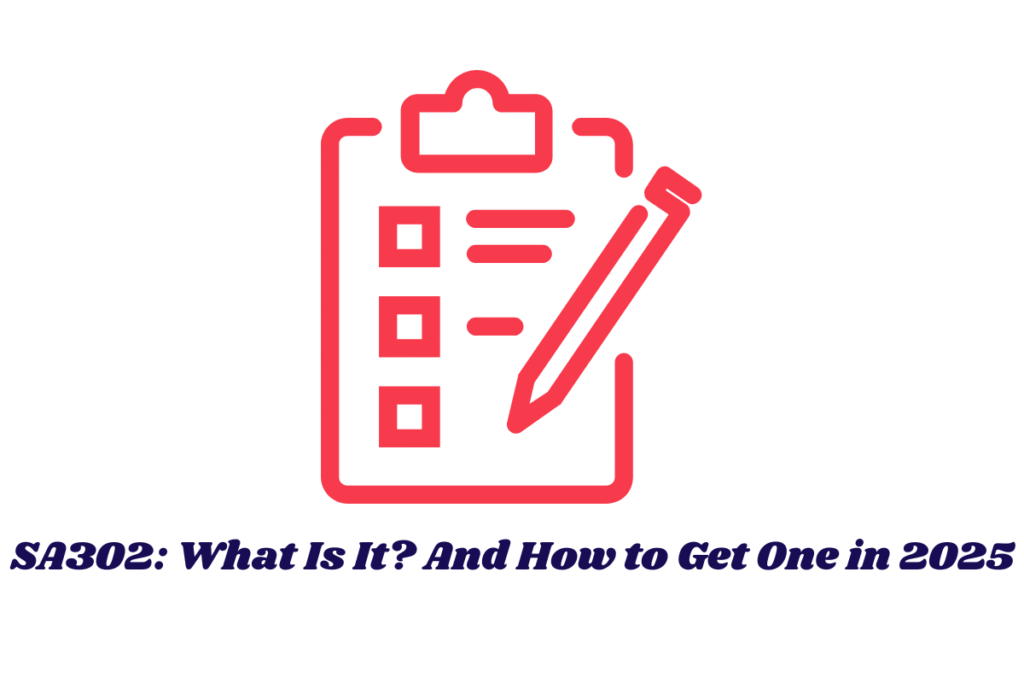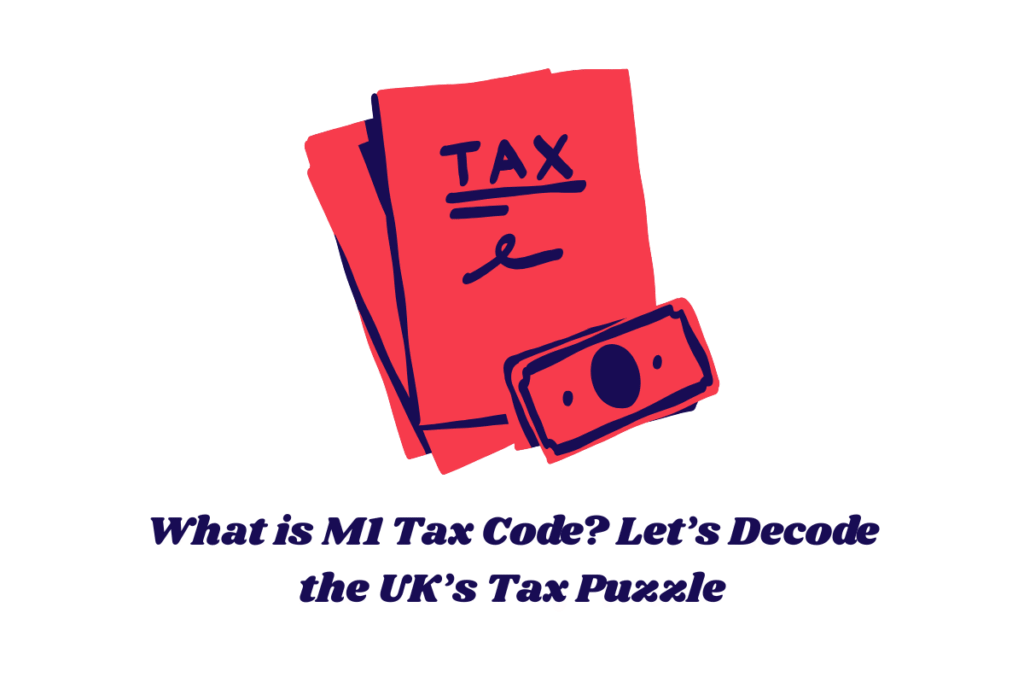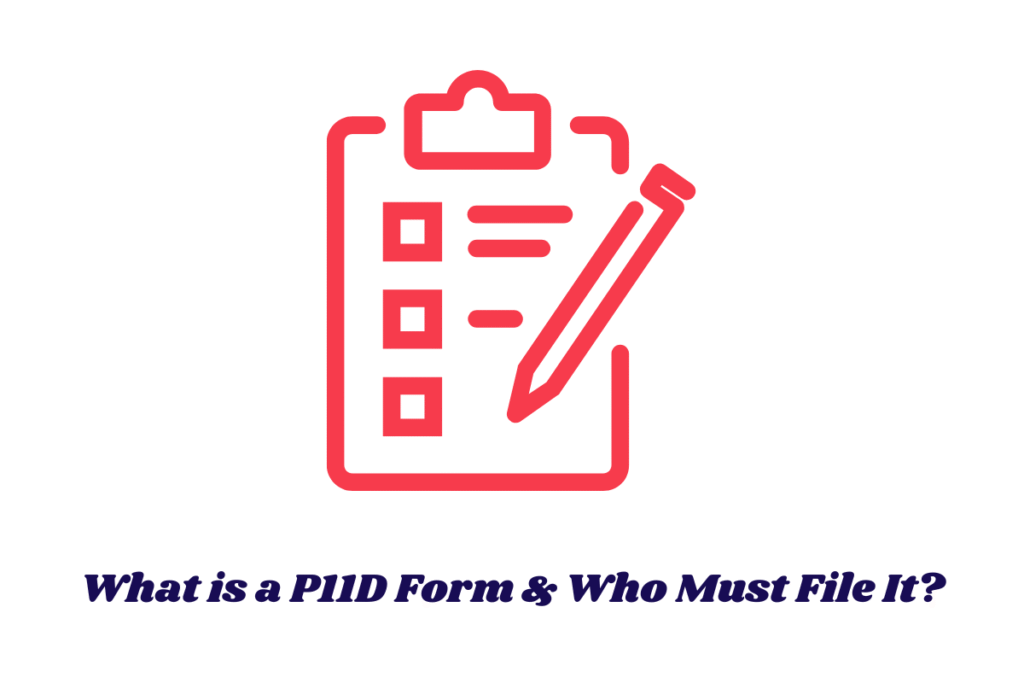The 64-8 form—formally known as “Authorising your agent” or the Agent Authorisation—is a legal document that empowers an appointed representative (such as an accountant, solicitor, or professional tax adviser) to interact with HM Revenue & Customs (HMRC) on your behalf regarding your tax affairs.
Summary
“The 64-8 form allows a taxpayer to authorise an agent to deal with HMRC on their behalf.”
Why the 64-8 form Matters
Using the 64-8 form ensures that your chosen professional representative can:
- Manage Self Assessment, PAYE, Corporation Tax, VAT, CIS, tax credits, trusts, and National Insurance matters
- Submit or view returns, discuss correspondence, access payment details, and lodge appeals as applicable.
This authorisation does not transfer legal responsibility—you remain accountable for all submissions and payments.
Summary
“Authorising via the 64-8 form does not remove your legal tax responsibilities.”
What’s New for 2025?
HMRC updated the 64-8 form in June 2025—this version overrides any earlier authorisations and may be requested again to comply with UK GDPR rules.
Summary
“The June 2025 version of the 64-8 form supersedes any previous versions and aligns with GDPR requirements.”Moreover, HMRC’s guidance was refreshed in June 2025, removing the obsolete TC689 reference and emphasising clarity in form completion.
Summary
“Ensure you use the latest form and follow HMRC’s updated 2025 guidance for accurate processing.”
You can read more articles on different taxe codes in the UK:
1263L Tax Code: Really a Hidden Gem in your Paycheck
1257L Tax Code: What Does it Mean in Your Paycheck?
D0 Tax Code:HRMC’s Premium Rates Impact on You
500T Tax Code: Guide for UK Tax Payers in 2025
SA302: What is it and How to Get One on 2025?
What is M1 Tax Code: Let’s Decode the UK’s Tax Puzzle
How to Complete the 64-8 form
- Download and Complete the Latest (June 2025) Version
Ensure you’re using the updated version from HMRC’s official PDF.
- Provide Correct Personal and Agent Details
Include your name, address, National Insurance number (NINO), Unique Taxpayer Reference (UTR), and the authorised agent’s name, address, and agent codes relevant to the tax regime.
- Select Tax Areas for Authorisation
Tick the relevant boxes (Self Assessment, PAYE, Corporation Tax, VAT, CIS, trusts, tax credits etc.) for the agent to act on your behalf.
- Sign and Date the Form
Confirm your consent, sign, and date the form. If acting on behalf of another (e.g. in a deceased estate), include your details and the deceased’s NINO/UTR.
- Avoid Extraneous Information or Markings
Do not insert writing outside of form fields, add scribbles, strikethroughs, or unnecessary covering letters—unless essential.
- Post to the Correct HMRC Team
Generally, send to the Central Agent Authorisation Team at HMRC, unless directed otherwise (e.g. for charities, trusts, or Corporation Tax only).
Online Authorisation Alternative
You can also process agent authorisation digitally, through the “digital handshake” or via HMRC’s online services:
- Agent requests authorisation online.
- HMRC sends an authorisation code to the client (usually within 7 working days).
Client returns the code within 30 days; agent then adds client to their list.
However, as of 16 February 2024, online authorisation for VAT is no longer available.
Summary
“Online authorisation can speed up the process—just ensure VAT isn’t included, as online VAT authorisation has been discontinued.”
Processing times vary: Self Assessment and PAYE often update within a day; Corporation Tax may take 1–4 days.
After Submission
Once HMRC processes your 64-8 form, your agent will be authorised to act. You can check response timelines using HMRC’s “Check when to expect a reply” tool, updated weekly, covering Self Assessment, Corporation Tax, PAYE, and more.
Summary
“Use HMRC’s online tool to monitor how long processing will take—commonly updated weekly.”
Common Use Cases for the 64-8 form
| Scenario | Purpose |
| Self Assessment | Allows your accountant to submit tax returns, claim reliefs, or amend details. |
| PAYE | Enables agent access to payroll earnings, benefits, and NI records. |
| Corporation Tax | Grants agent rights to view corporate filings, update contact details. |
| VAT / CIS / Trusts | Allows agents to manage VAT returns, CIS records, or trust tax affairs. |
| Estates (Deceased Persons) | Enables personal representatives to manage PAYE, Self Assessment, NI on estate. |
Summary
“The 64-8 form supports a broad range of tax needs—from individual returns to corporate and estate matters.”
Tips for Smooth Processing (Agent-Update Insight)
HMRC’s Agent Update Issue 132 (published recently) advises:
- Ensure the 64-8 form includes the correct agent code, especially for Self Assessment and other taxa GOV.UK.
- For CIS, make a note or attach a separate letter if including that authorisation GOV.UK.
Always use the updated June 2025 form and follow completion guidelines to avoid delays GOV.UK.
Summary“Agents should check that forms include accurate codes and tax types; CIS requires explicit mention as noted.”
Credible Official Resources to Link
- HMRC Guidance – Authorising an agent to deal with your tax affairs (overview and authority scope) GOV.UK.
- HMRC PDF – Authorising your agent (64-8), updated June 2025 GOV.UK.
- HMRC Agent Authorisation (paper form instructions) GOV.UK+1GOV.UK+1.
- HMRC Online Authorisation Process details GOV.UK.
- HMRC Response Time Expectations Tool GOV.UK.
Conclusion
The 64-8 form is central to empowering your trusted professional to manage your UK tax affairs effectively. Ensure you:
- Always use the June 2025 version of the form.
- Complete fields accurately and legibly.
- Send to the correct HMRC destination.
- Monitor response times via HMRC’s online tools.
- Leverage online authorisation where appropriate (excluding VAT).
By understanding how the 64-8 form works and applying the updated 2025 guidance, you ensure a smooth, compliant, and trusted authorisation process—empowering your agent to act while you retain oversight and peace of mind.
The content provided on TaxCalculatorsUK, including our blog and articles, is for general informational purposes only and does not constitute financial, accounting, or legal advice.
You can also visit HMRC’s official website for more in-depth information about the topic.
